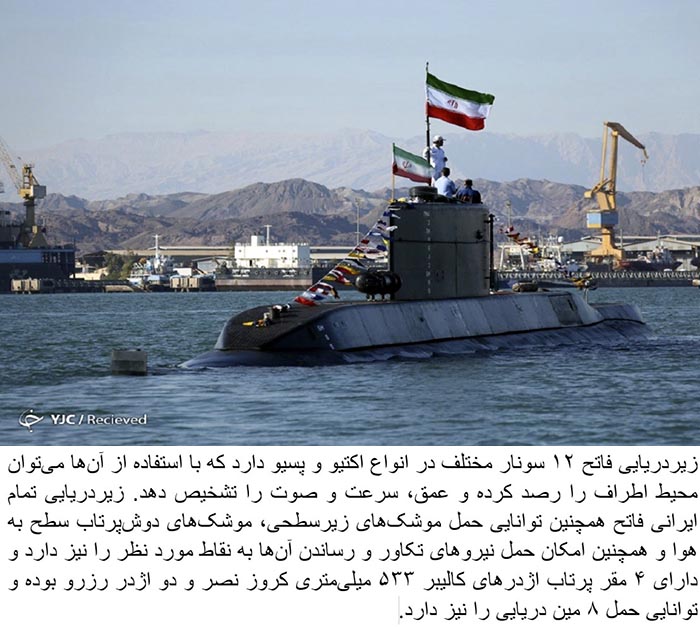In-Depth Study of Submarine Classes: Kilo, Fateh, Ghadir, and Besat
1. The Evolution of Iran’s Air Force
Historical Context
Iran’s air force has historically relied heavily on Russian and Soviet-era aircraft, including the MiG and Su series. Following the 1979 Islamic Revolution and subsequent sanctions, Iran faced significant limitations in acquiring new military hardware. Despite these restrictions, Iran managed to develop a domestic aerospace industry, leading to the production of aircraft such as the Saeqeh and the Kowsar, which are largely based on older Western and Russian designs.
Need for Modernization
Over the past two decades, Iran has recognized the necessity of modernizing its air capabilities to counter regional adversaries and maintain strategic deterrence. The acquisition of more advanced aircraft, such as the Russian Su-35 and potentially Chinese fighters, would significantly enhance Iran’s operational capabilities, particularly in contested airspace and in asymmetric warfare scenarios.
Limitations of Current Fleet
Iran’s current fleet faces several limitations:
- Aging aircraft: Many of Iran’s MiG and Sukhoi fighters are decades old, facing increased maintenance challenges and reduced reliability.
- Limited range and endurance: Most aircraft operated by Iran lack the extended operational range necessary for strategic strikes or prolonged patrols.
- Technological gaps: Iran’s aircraft generally lack advanced AESA radars, modern missile integration, and electronic warfare capabilities present in more modern fighters.
The Strategic Imperative
Given these limitations, Iran’s strategic focus has shifted towards acquiring modern multirole fighters that can perform diverse missions, from air superiority to ground attack. The J-10C fits this profile, offering a plausible upgrade to Iran’s existing capabilities.
June 27, 2025 | 8:34 pm




